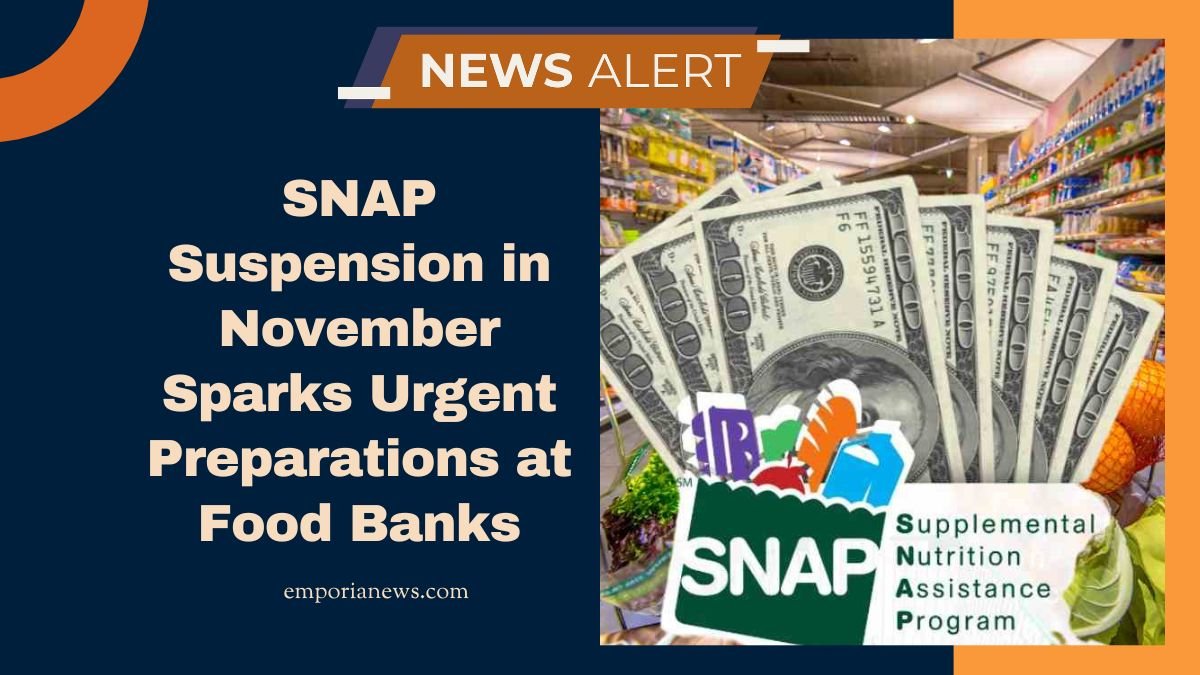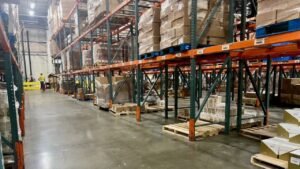As the federal government shutdown continues into October 2025, the Supplemental Nutrition Assistance Program (SNAP) faces the real possibility of having its benefit payments suspended beginning November 1.
Across the United States, food banks and community‑pantries are already bracing for what many call a “perfect storm” of increased demand just as funding uncertainty looms.
What’s Happening With SNAP
The SNAP program supports roughly 40 – 42 million low‑income Americans by helping them purchase groceries each month. Normally, benefits for the coming month are loaded onto recipients’ EBT cards at the end/beginning of the month. However:
- Federal funding for SNAP is at risk because the federal shutdown has halted new appropriations.
- The United States Department of Agriculture (USDA) has warned states of insufficient funds to pay full November benefits if the shutdown continues.
- Some states have already been told to delay submitting data to reload EBT cards for November.
Impact on Food Banks and Communities
Food‑banks are seeing the ripple effects well ahead of November:
- They are reporting elevated demand from both federal employees who have gone without pay and from households that rely on monthly SNAP payments.
- In states like Oklahoma, the Regional Food Bank of Oklahoma said around 684,600 SNAP recipients could be affected by the freeze.
- Many food‑banks are now stockpiling two months’ worth of food in anticipation of a surge.
Regional Figures and Key Facts
Here’s a table summarizing some of the region‑specific data and figures:
| Region/State | SNAP recipients at risk | Food bank notes | Other key figure |
|---|---|---|---|
| United States (nation‑wide) | 40–42 million people | Nationwide food‑banks bracing | USDA says funding may run out for Nov benefits. |
| Oklahoma | ~684,600 recipients | Food bank preparing for surge | Food‑bank distributed nearly 57 million pounds last year. |
| Texas Panhandle | Not specified but high | Food‑banks expect increased demand | Federal workers and SNAP users without paychecks. |
| California | ~5.5 million (statewide) | State warns of delays | SNAP supports ~42 million nationwide. |
Why This Crisis Matters
- The shutdown‐linked suspension of SNAP benefits would leave many households without a crucial safety net heading into the holiday season.
- Food banks are already stretched: rising food costs, increased demand, and uncertainty over funding combine to create a significant stress‑point for social‑service networks.
- Vulnerable populations—children, the elderly, low‑income workers—are disproportionately affected when benefits stop or are delayed.
- The ripple effect extends to housing, utilities and other expenses: when food becomes harder to purchase, those other bills become more burdensome.
What Food Banks Are Doing
To prepare, many food‑banks are:
- Stocking up supplies (some planning for two months of extra inventory).
- Coordinating with partner agencies to assess expected needs and ramp up capacity.
- Reaching out to community donors, volunteers and support networks to prepare for a potential surge.
- Encouraging households to budget carefully now and to reach out for assistance early.
The possibility of a SNAP benefit suspension beginning in November amid the federal shutdown presents a grave challenge for millions of Americans and the food‑bank network that supports them.
With up to 42 million people potentially at risk of missing assistance, and community food suppliers already scrambling to meet increased need, the urgency is clear.
Food‑banks and local support agencies are bracing, but the outcome will depend heavily on swift resolution of funding. For those impacted, early planning and seeking help ahead of time will be essential.




